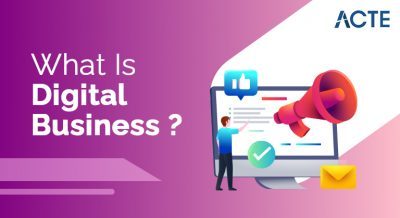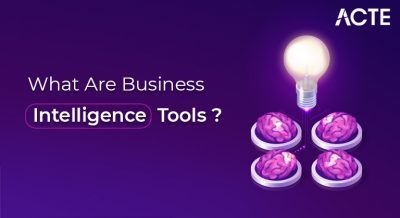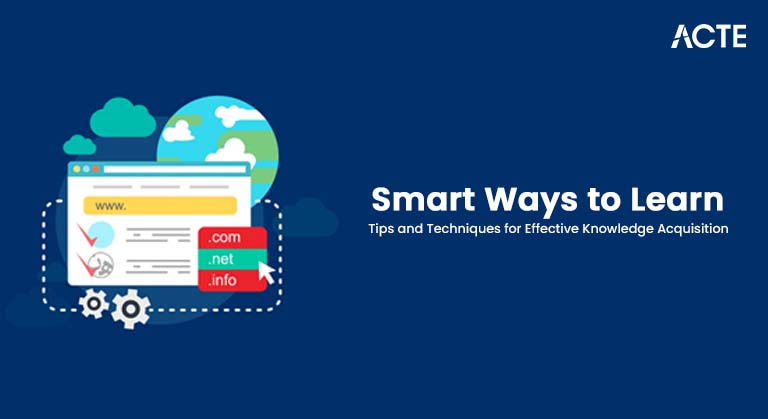
- Introduction: The Importance of Effective Learning
- Understand Your Learning Style
- Active Learning vs. Passive Learning
- The Power of Spaced Repetition
- Break Information into Manageable Chunks
- Use Multiple Resources and Techniques
- Practice Deliberate Learning
- Leverage Technology and Tools for Learning
- Stay Consistent and Manage Your Time Effectively
- Conclusion
Introduction: The Importance of Effective Learning
In today’s fast-paced world, knowledge acquisition is more important than ever. Whether you’re pursuing formal education, advancing in your career, or just learning for personal growth, the ability to absorb, retain, and apply new knowledge efficiently is a key skill. However, traditional methods of learning aren’t always the most effective. Many people struggle to retain what they study, and as a result, they don’t get the most out of their time and effort. Business Analyst Training blog will explore smart ways to learn, offering practical tips and learning techniques for improving how you acquire and apply knowledge. Leverage Technology will help you study more efficiently, retain information longer, and ultimately become a more effective learner.
Understand Your Learning Style
The first step to becoming a better learner is understanding how you learn best. People have different learning styles, and tailoring your study methods to your personal preferences can make a huge difference. The three main types of learning styles are:
- Visual Learners: These individuals learn best through images, charts, diagrams, and written instructions. If you’re a visual learner, consider using mind maps, infographics, and color-coded notes to enhance your understanding.
- Auditory Learners: For auditory learners, listening is key. These individuals thrive by hearing information, whether Industry and Academia through lectures, podcasts, or discussions. If you identify with this style, consider recording yourself reading notes or listening to audio materials.
- Kinesthetic Learners: Kinesthetic learners learn best through hands-on experience and physical activity. If you prefer to learn by doing, try experimenting with real-world applications, role-playing, or physically engaging with materials. By identifying your learning style, you can customize your study strategies to maximize engagement and retention.
Master Business Analyst skills by enrolling in this Business Analyst Training today.
Active Learning vs. Passive Learning
Active learning involves engaging with the material in ways that promote deeper understanding and retention. In contrast, passive learning is when information is absorbed without active engagement such as just reading or listening to a lecture without any interaction.
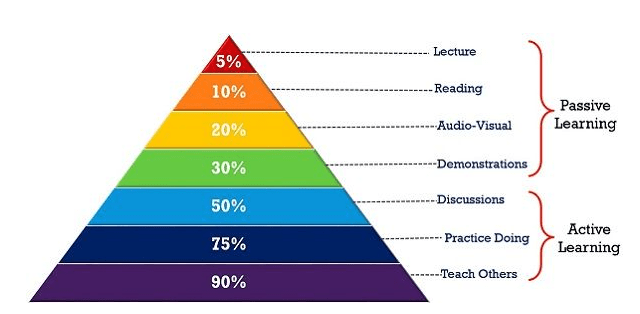
Active Learning Techniques:
- Teach what you’ve learned: Teaching someone else what you’ve just studied is one of the best ways to reinforce your own learning. By explaining concepts to others, you solidify your own understanding.
- Take notes actively: Instead of copying verbatim from a textbook or lecture, summarize and paraphrase the content in your own words. This forces you to process the information, making it easier to retain.
- Ask questions: Continuously ask yourself questions about the material you’re studying. This will keep your brain engaged and help you Qlikview vs Qlik Sense areas where you need to dive deeper.
- Problem-solving: Apply the knowledge you’ve acquired by solving problems or creating projects. The practical application helps reinforce learning. On the other hand, passive learning such as simply reading or watching videos without engaging with the content tends to lead to poor retention. So, for better knowledge acquisition, actively engage with the material.
- Use flashcards: Platforms like Anki and Quizlet allow you to create digital flashcards and use spaced repetition algorithms to determine when to review each card.
- Set a review schedule: After initially learning something, review it the next day, then after two days, a week, a month, and so on. This helps transfer the information from short-term to long-term memory.
- Mix media: Use videos, articles, Qlikview and Tableau , podcasts, and lectures. Visual learners may benefit from watching YouTube videos on a topic, while auditory learners might prefer listening to podcasts.
- Combine different methods: In addition to reading, try writing summaries, discussing topics with peers, or engaging in hands-on practice. This will activate different areas of your brain and help reinforce the material.
- Set specific goals: Define clear learning objectives so that you know exactly what you want to achieve and can stay focused on the most important tasks.
- Track your progress: Regularly monitor how well you’re doing and identify areas that need more attention. Self-assessment helps highlight weaknesses and allows for targeted improvements.
- Create a learning schedule: Set aside time each day or week for learning and stick to it. Break study sessions into Manageable Chunks to avoid fatigue.
- Set realistic goals: Establish both short-term and long-term learning goals, and track your progress. This will keep you motivated and ensure that you’re on the right path.
Enhance your knowledge in Business Analyst. Join this Business AnalystCertification Training now.
The Power of Spaced Repetition
One of the most effective learning techniques is spaced repetition, which involves reviewing information at increasing intervals over time. Spaced repetition has been shown to be highly effective in enhancing long-term retention and is particularly useful when studying languages, medical terms, or complex subjects. Leverage Technology method works by leveraging the brain’s ability to retain information better when Informatica ETL Developer exposed to it multiple times over longer periods.
How to Implement Spaced Repetition:
Break Information into Manageable Chunks
The brain tends to struggle with remembering large amounts of information at once. Instead of cramming, break the material into smaller, more digestible chunks, a technique known as Manageable Chunks. Chunking information Group related pieces of information together so that you can remember them as a single unit. Business Analyst Training, when studying for exams, break down the material into smaller sections based on topics or concepts, and tackle them one at a time. The Pomodoro Technique Embrace technology time-management method suggests working in short, focused intervals (typically 25 minutes), followed by a short break. This prevents burnout and allows you to focus more effectively. By breaking down large topics into smaller parts, you make learning more manageable and increase your focus and retention.
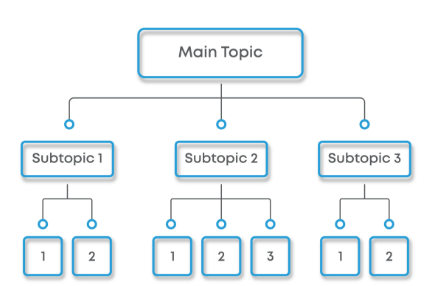
Use Multiple Resources and Techniques
When it comes to learning, relying on one source or method can be limiting. Using multiple resources and techniques can help deepen your understanding and give you a more well-rounded view of the topic. By diversifying your learning methods, you’re more likely to retain and apply the knowledge effectively.
Want to lead in Business Analyst? Enroll in ACTE’s Business Intelligence Master Program Training Course and start your journey today!
Practice Deliberate Learning
Deliberate learning involves consciously focusing on the areas you are weakest in and actively working to improve them. Rather than just skimming through material or relying on passive recall, deliberately work on improving your understanding in specific areas. Deliberate learning requires patience and persistence, but Smart Ways to Learn one of the most effective ways to acquire and master new knowledge.
Preparing for Business Analyst interviews? Visit our blog for the best Business Analyst Interview Questions and Answers!
Leverage Technology and Tools for Learning
There’s an array of digital tools and resources available today that can enhance your learning experience. Embrace technology to improve your knowledge acquisition. Learning apps Tools like Anki (for spaced repetition), Duolingo (for language learning), and Coursera (for courses) offer convenient ways to learn on the go. Note-taking Applications like Evernote, Tableau Comparison With BI Tools, or Notion can help you organize your study materials and notes efficiently. Mind mapping Tools like MindMeister allow you to create visual mind maps, which are helpful for organizing complex information and seeing connections between ideas. Embrace technology tools can streamline your learning process, keep you organized, and make studying more interactive.
Stay Consistent and Manage Your Time Effectively
Consistency is key to mastering any new skill or subject. One-off cram sessions or sporadic studying rarely lead to lasting learning outcomes. The key to success is regular, focused study. Effective time management not only helps you make steady progress but also prevents procrastination and stress.
Conclusion
Learning doesn’t stop after school or when you land a job; Business Analyst Training a lifelong process. Embracing effective learning techniques can help you continuously acquire new knowledge, adapt to changes, and grow both personally and professionally. By understanding your learning style, actively engaging with material, applying spaced repetition, and using multiple resources, you can enhance your ability to acquire knowledge quickly and efficiently. Remember, the key to effective learning is not working harder, but Smart Ways to Learn. Stay consistent, embrace technology, and above all, enjoy the process of learning




